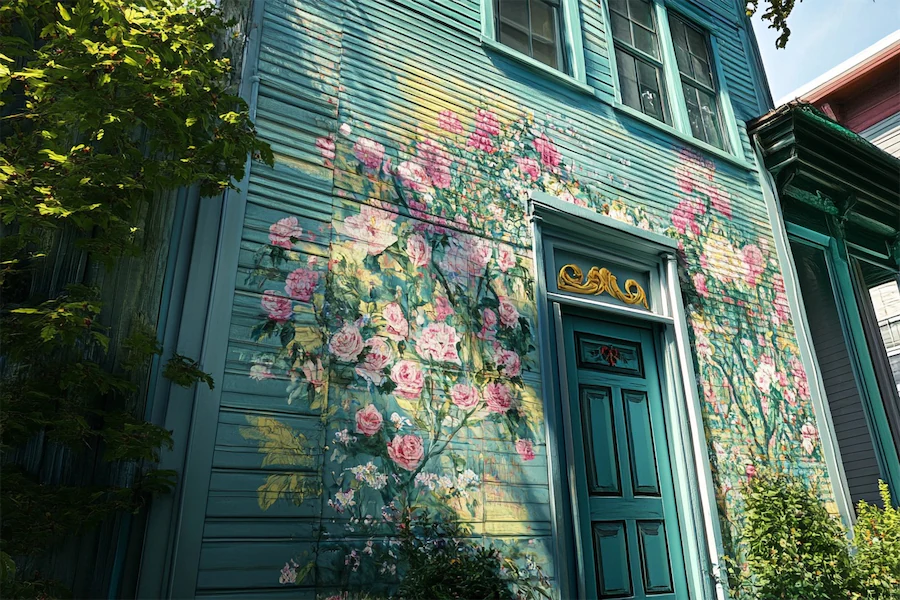The term “Queen Anne Wall” is not a standard designation in architectural terminology. However, it likely refers to the distinctive wall treatments characteristic of Queen Anne style architecture, which was prominent from approximately 1880 to 1910. This style is renowned for its eclectic and ornate designs, often featuring a variety of textures and materials on wall surfaces.
Introduction to Queen Anne Wall
In Queen Anne architecture, walls are more than mere structural elements; they serve as canvases for artistic expression. The deliberate use of diverse materials and decorative techniques on wall surfaces contributes to the style’s picturesque and dynamic appearance.
History and Origins of Queen Anne Wall
The Queen Anne style emerged in the United Kingdom during the 1870s, popularized by architects like Richard Norman Shaw and George Devey. Despite its name, the style does not directly relate to the reign of Queen Anne (1702–1714) but instead draws inspiration from earlier English architectural forms, including medieval and Elizabethan designs. The style crossed the Atlantic and gained popularity in the United States between 1880 and 1910, where it evolved to include a rich variety of textures and materials on wall surfaces.
Key Features of Queen Anne Wall
Queen Anne walls are distinguished by several hallmark features:
- Textured Surfaces: A hallmark of Queen Anne walls is the use of textured surfaces to create visual interest. This includes patterned wood shingles—such as fish-scale, diamond, or staggered designs—often adorning gable ends and upper stories.
- Half-Timbering: Inspired by medieval English architecture, half-timbering involves exposing wooden framework with the spaces between filled with stucco or brick, adding to the intricate wall patterns.
- Varied Materials: The combination of different materials, such as brick, stone, wood, and terracotta, on the same wall surface is common. This mix not only enhances visual appeal but also showcases the versatility of the style.
- Decorative Ornamentation: Walls often feature decorative elements like spindlework, brackets, and patterned masonry or woodwork, contributing to the ornate aesthetic typical of Queen Anne architecture.
Applications of Queen Anne Wall
The distinctive wall treatments of the Queen Anne style are applied in various architectural contexts:
- Residential Buildings: Many homes built in the Queen Anne style exhibit these wall features, with textured surfaces and decorative elements enhancing the façade’s complexity.
- Public and Commercial Structures: While less common, some public buildings and commercial edifices incorporate Queen Anne wall characteristics, adding a touch of elegance and historical reference to their design.
Considerations When Choosing Queen Anne Wall Features
When incorporating Queen Anne wall elements into a building design or restoration, consider the following:
- Material Selection: Choose materials that not only reflect the traditional aspects of the style but also meet modern standards for durability and maintenance.
- Craftsmanship: The intricate details require skilled craftsmanship to execute properly, ensuring that the decorative elements are both aesthetically pleasing and structurally sound.
- Contextual Harmony: Ensure that the ornate features harmonize with the surrounding environment and architectural styles to maintain visual coherence within the neighborhood or area.
Conclusion
The Queen Anne style’s approach to wall design exemplifies a rich tapestry of textures, materials, and decorative elements, reflecting a broader architectural movement that embraced complexity and ornamentation. Understanding these features offers valuable insights into the historical and aesthetic significance of this enduring architectural style.
